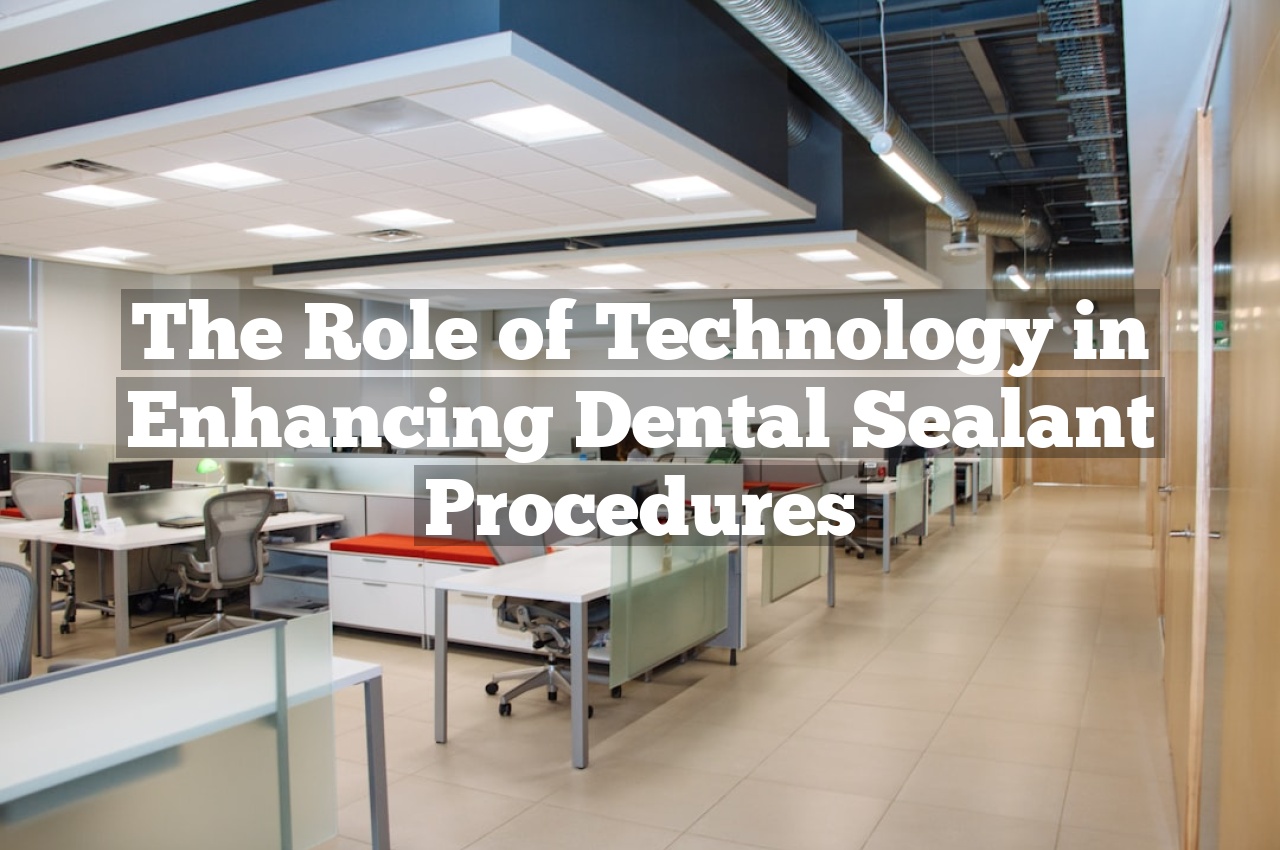How has technology transformed the way dental sealant procedures are performed? Advances in technology have enabled dentists to apply sealants more efficiently and with greater precision. This enhancement not only improves the effectiveness of the treatments but also supports better dental health outcomes for patients.
Advances in Dental Sealant Materials
The evolution of dental sealant materials has played a pivotal role in enhancing the effectiveness and durability of treatments aimed at preventing tooth decay. Historically, dental sealants were primarily made from basic plastic-based materials that provided a barrier against bacteria and food particles. However, recent technological advancements have led to the development of more sophisticated materials that adhere better to the tooth surface and offer enhanced resistance to wear and tear.
These improvements in dental sealant materials have been instrumental in extending the lifespan of sealants, thereby contributing to prolonged protection against cavities. For more detailed information on how dental sealants function as a preventive measure, you can read about Dental Sealants: A Key Element in Preventing Tooth Decay. This progression not only supports dental health initiatives but also underscores the importance of ongoing research and innovation in dental technology.
Precision Application Using Digital Tools
In the realm of dental care, technology plays a pivotal role in enhancing the precision of various procedures, including the application of dental sealants. Digital tools, such as advanced imaging and computer-aided design, enable dentists to apply sealants with utmost accuracy. This precision is crucial as it ensures that the sealant perfectly conforms to the micro-architecture of each tooth, effectively safeguarding against decay and prolonging the health of the tooth.
The integration of these digital tools not only supports dentists in achieving better outcomes but also enhances the overall patient experience by making the procedures quicker and more comfortable. For those looking to learn more about how dental sealants can help protect teeth, consider visiting Protect Teeth with Commack Sealants.
Impact of 3D Imaging Techniques
The integration of 3D imaging techniques in dental sealant procedures has significantly transformed the landscape of dental care. This advanced technology allows for highly detailed visualization of teeth structures, which is crucial in the precise application of sealants. By providing a clearer and more accurate view of the areas requiring protection, 3D imaging enhances the effectiveness of dental sealants in preventing decay and extending the longevity of teeth. The use of these imaging techniques represents a pivotal development in dental technology, emphasizing the importance of accuracy and precision in dental treatments.
Integration of Robotics in Procedures
The integration of robotics in dental sealant procedures marks a significant advancement in dental technology. Robotics technology, known for its precision and consistency, is being utilized to enhance the accuracy of sealant application, ensuring that the protective barrier it provides against decay is optimally placed. This use of robotics helps in maintaining a high standard of care during the procedure, potentially increasing the effectiveness of the sealants. For those interested in experiencing modern dental care, Gentle Dental is available; learn more about your options with a Commack Dentist.
Evolution of Patient Monitoring Systems
The evolution of patient monitoring systems has significantly influenced various medical fields, including dental care. Historically, these systems were rudimentary, often limited to basic visual and manual assessments. However, advancements in technology have led to the development of sophisticated monitoring tools that provide real-time data and comprehensive analytics. This progress has enabled dental professionals to monitor vital signs and other health indicators more accurately during procedures, enhancing the safety and effectiveness of treatments like dental sealants. The integration of these advanced systems into dental practices marks a pivotal shift in how patient care is administered, emphasizing the importance of technology in modern healthcare.
Conclusion
Technology continues to shape various medical fields, including dental practices. For further information, feel free to call us at (631) 261-3033 or read our reviews on Google Maps.

